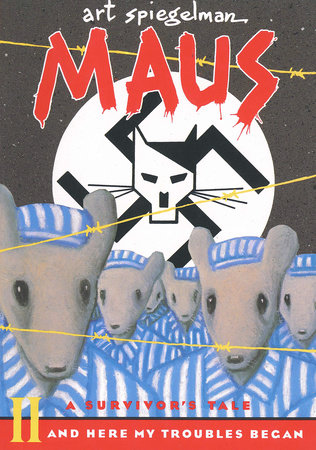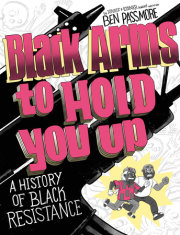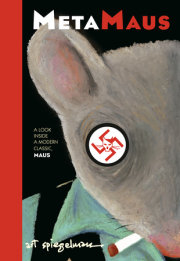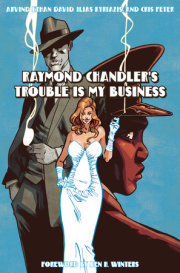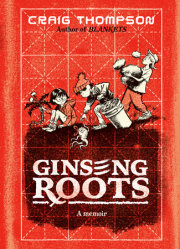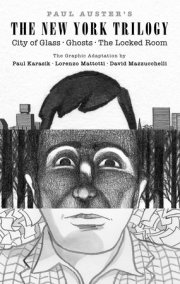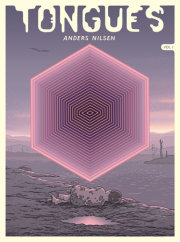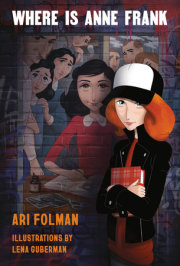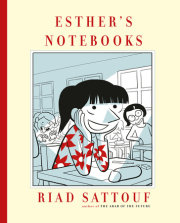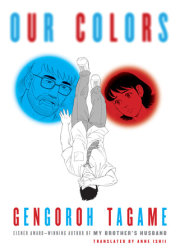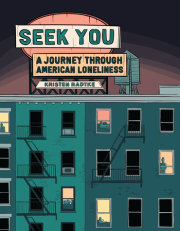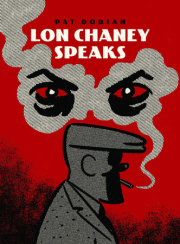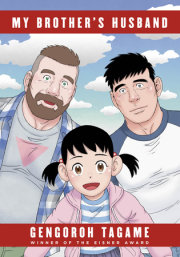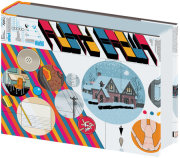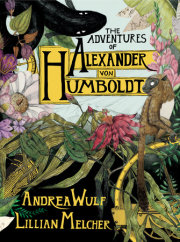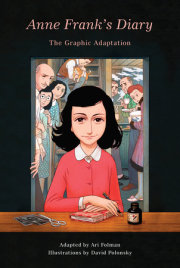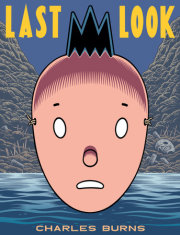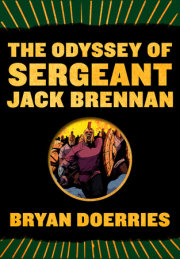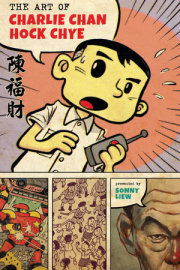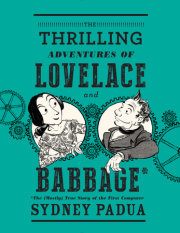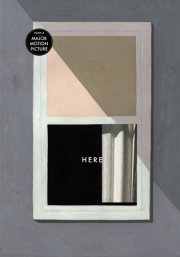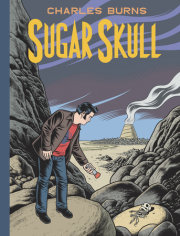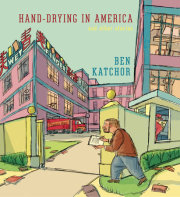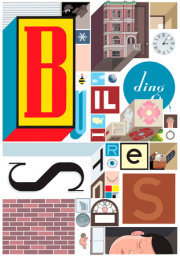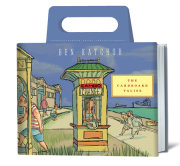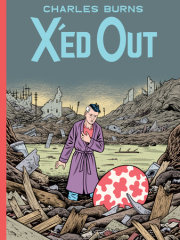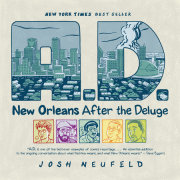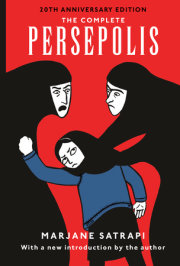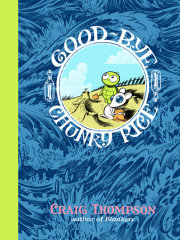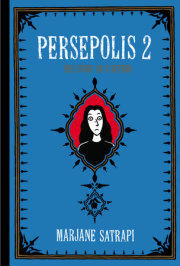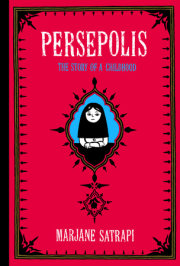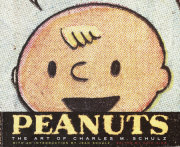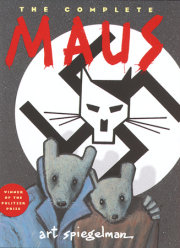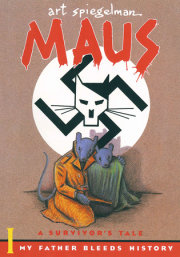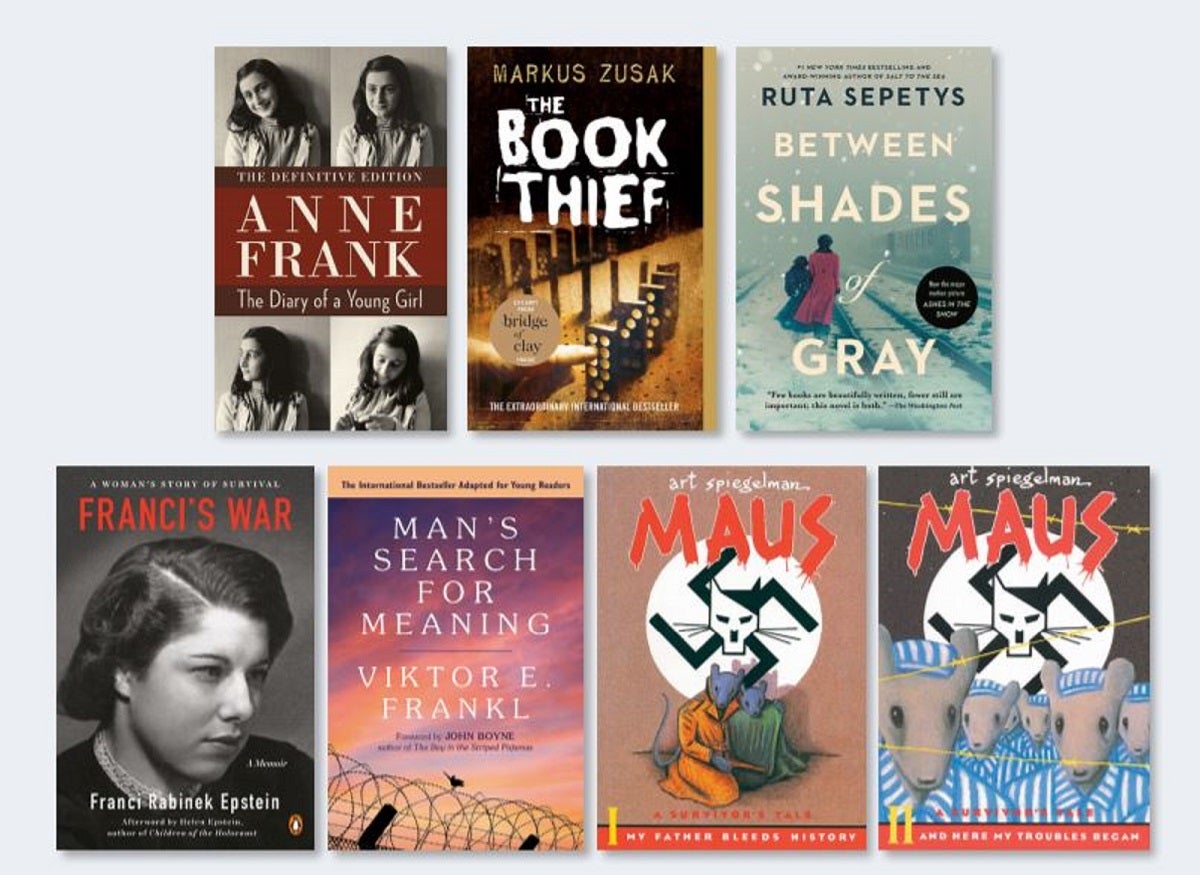Winner of the Pulitzer Prize
A New York Public Library "Books for the Teen Age"
An ALA Best Books for Young Adults
Acclaimed as a quiet triumph and a brutally moving work of art, the first volume of Art Spiegelman's Maus introduced readers to Vladek Spieglman, a Jewish survivor of Hitler's Europe, and his son, a cartoonist trying to come to terms with his father, his father's terrifying story, and History itself. Its form, the cartoon (the Nazis are cats, the Jews mice), succeeds perfectly in shocking us out of any lingering sense of familiarity with the events described, approaching, as it does, the unspeakable through the diminutive.
This second volume, subtitled And Here My Troubles Began, moves us from the barracks of Auschwitz to the bungalows of the Catskills. Genuinely tragic and comic by turns, it attains a complexity of theme and a precision of thought new to comics and rare in any medium. Mausties together two powerful stories: Vladek's harrowing take of survival against all odds, delineating the paradox of family life in the death camps, and the author's account of his tortured relationship with his aging father. At every level this is the ultimate survivor's tale—and that too of the children who somehow survive even the survivors.
"Maus is a book that cannot be put down, truly, even to sleep. When two of the mice speak of love, you are moved, when they suffer, you weep. Slowly through this little tale comprised of suffering, humor and life's daily trials, you are captivated by the language of an old Eastern European family, and drawn into the gentle and mesmerizing rhythm, and when you finish Maus, you are unhappy to have left that magical world." —Umberto Eco
"In part two of Maus, Art Spiegelman finishes his masterpiece. . . . You can't help witnessing—even feeling—the act of private pain being transformed into lasting truth." —The Boston Globe
"One of the most poweful and original memoirs to come along in recent years . . . An epic story told in tiny pictures." —The New York Times

